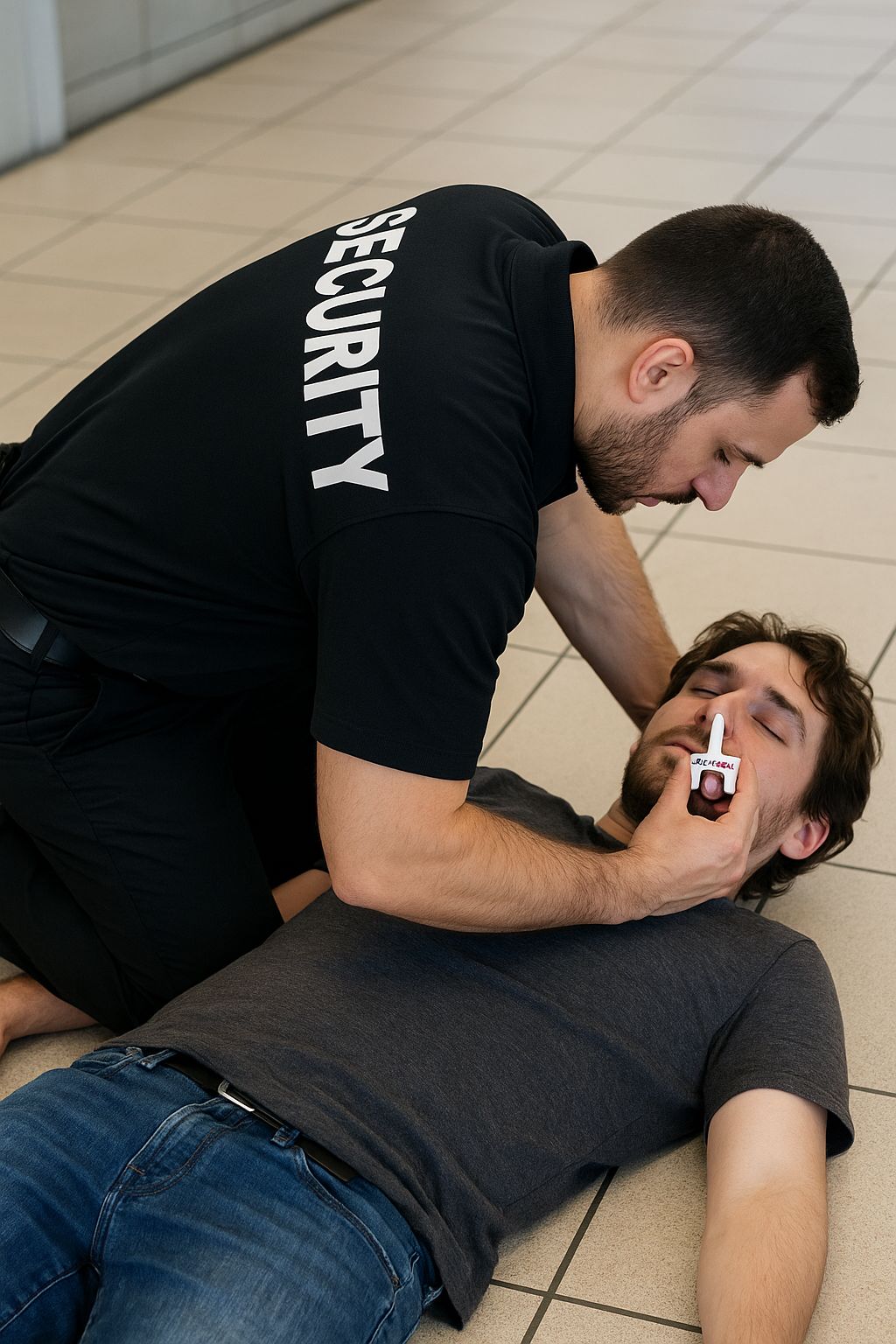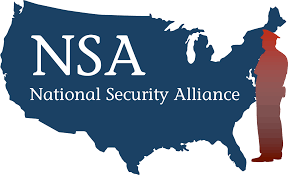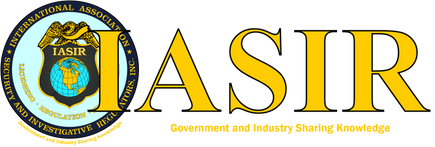
Learn to spot opioid overdoses, administer Narcan® swiftly, and save lives. A concise guide for security officers to master life-saving response in minutes.
Strategic Narcan® Training & Opioid Overdose Response Guide for Security Officers
Randi Sherman
5 - Minute Read
Despite a 27% decrease in reported opioid-related deaths in 2024, America’s opioid crisis is real and present. While numbers are dropping, the CDC still predicts more than 80,000 deaths will occur in 2025, on par with 2024’s final numbers.
Poisoned supplies continue to enter the illicit market. Illegally made fentanyl and its analogs are the primary source of drug poisonings. At the same time, overdoses from heroin and prescription opioids have decreased significantly, likely due to wider accessibility of the former and the increasing preference of people with addictions for stronger, more dangerous formulations containing sedatives like xylazine or nitazenes, a powerful form of synthetic opioid more than 40 times stronger than fentanyl.
The opioid crisis’s impact on public safety can’t be understated as it puts significant strain on emergency services, contributes to homelessness and crime, and threatens public safety. Security personnel are often exposed to these dangers in the course of their work as they are frequently involved in emergency response.
Knowledge of life-saving measures and preparedness has become essential, requiring specialized knowledge about opioids, their physiological and psychological effects, and how to prevent opioid deaths with Narcan®.
Defencify’s continuing education course on Narcan® Administration – Overdoses and Naloxone is a one-hour online course that equips guards with the essential knowledge they need to save lives.
This course also includes essential background on substance abuse, as understanding it and recognizing the signs may become instrumental in stopping its use in their clients’ business.
The Opioid Crisis: A Brief History
Opiates are a class of powerful, highly addictive analgesic drugs derived from the opium poppy. Drugs in this class include heroin, codeine, morphine, oxycodone, hydromorphone, and hydrocodone. Synthetic opioids, like methadone, Fentanyl, and Tramadol, were developed as alternatives, but are just as addictive and dangerous.
Up until 2016 or so, heroin deaths were more prevalent as a cheap supply flowed into the US from Mexico. Deaths from synthetic opioids began to surpass heroin overdoses around that time as non-pharmaceutical supplies started to flood the market.
Illegally-made Fentanyl is often mixed with other drugs, like benzodiazepines, heroin, or cocaine, to intensify the high, putting poisoned drug cocktails on the street and into the hands of unsuspecting addicts and recreational users.
The real crisis is the addiction itself
The US experienced an extreme spike in opioid addiction between 1999 and 2010 as prescriptions increased, primarily influenced by OxyContin, which was marketed to doctors as a non-addictive solution for chronic and acute pain. OxyContin’s manufacturer, Purdue Pharmaceuticals, was the subject of a multi-billion-dollar class-action suit, which only recently settled.
OxyContin aside, opioid addiction is often progressive. An individual is injured or has surgery, is prescribed opioids for pain, and becomes addicted. When the doctor cuts off their prescription, they seek alternatives on the street, and the addiction escalates.
Opioid addiction is physical. Withdrawal symptoms are severe and require treatment, both medical and psychological. Many who have become addicted will not seek treatment because of the stigma. Tolerance builds quickly, forcing them to take greater risks to achieve the same level of pain relief.
Though opioid addiction correlates with homelessness and crime, we can’t strictly attach it to these groups. Any drug user, recreational or otherwise, is at risk, as are first responders if they are unwittingly exposed.
Research shows that the demographics for opioid addiction and overdose overwhelmingly include veterans, people with disabilities, people who have lost a loved one or spouse, and people without health insurance. Other groups that may be at risk include seniors or anyone who has been prescribed opioids for acute conditions.
As such, security guards have an increased likelihood of encountering an overdose situation on the job and need to know what to do.
Recognizing the Signs of Opioid Overdose
Recognizing the signs of an overdose should be part of every guard’s observational skill set. Common signs and symptoms of an opioid overdose include:
• Slowed, weak, or no breathing
• Difficulty walking or talking
• Inability to stay awake, passing out
• Unable to be woken by shaking or shouting
• Pale, grey, clammy skin
• Slow or no heartbeat
• Confusion and hallucinations
• Pinpoint pupils
• Lips turning blue
• Choking or gurgling sounds
Differentiating an opioid overdose from other medical emergencies
If you notice an individual is displaying the above symptoms, it’s reasonable to assume it’s opioid-related. However, it might not be. In any case, calling 911 should be the first response, along with performing life-saving measures, including administering Naloxone.
Doctors suggest that if you’re unsure whether it’s an overdose or other medical emergency, treat it like an overdose. Narcan® will not harm an individual, and it may save a life.
Administering Naloxone (Narcan®)
Naloxone is an opioid antagonist that quickly reverses the effects of opioid poisoning.
Naloxone is administered via a nasal spray or injected into the muscle, intravenously, or subcutaneously. Narcan® nasal spray is widely available, and all guards should keep a supply on hand for emergencies.
It is critical to note that an addicted individual experiencing a drug crisis may require more than one dose of Narcan® to revive them. Be prepared with more than one dose.
To administer the dose:
1. Remove the spray device from its packaging (do NOT prime the device).
2. Hold the device with your thumb on the bottom and your first and middle fingers on each side of the nozzle.
3. Support the person’s head with one hand and gently tilt their head back.
4. Insert the nozzle into the person’s nostril all the way and press the plunger firmly.
5. Remove the device after giving the dose.
6. Move the person into the recovery position and watch them closely.
7. If they do not respond, give additional doses at two-minute intervals until EMTs arrive.
It is critical to note that the Narcan® dose will immediately send a person with an opioid addiction into withdrawal as it reverses the effect of the drug. There is a significant danger of the person seeking another dose, so follow-up emergency treatment is essential.
Understanding Workplace Substance Abuse
Substance use disorders may present at worksites, increasing the danger of overdose. Guards must balance security protocols with empathy, as it’s essential not to allow bias to stand in the way of life-saving measures.
If you notice impairment consistent with opioid intoxication, documentation and communication are critical. It is incumbent on all guards to communicate with each other in this regard so that they can be prepared to prevent a crisis should it arise.
Decisive action is imperative. Hesitation costs lives, so it is critical to act first and reserve judgment. The most important thing is to act right away.
• If the person is unconscious, try to wake them.
• If they do not respond or are incoherent, call 911 immediately.
• Administer Narcan®.
• Put them in the recovery position and check their breathing.
• Stay with them until EMTs arrive.
Being trained and prepared to respond in these situations builds trust with clients and the public.
Resources and Training Tools for Opioid Response
Defencify’s Opioid Response online training course and toolkit are available on demand. This course qualifies as a continuing education credit, helping you maintain your certifications and stay current with your experience.
Guards at every career stage are encouraged to complete overdose response training. Training empowers you to save lives, support communities, and enrich the value of your experience and training.






